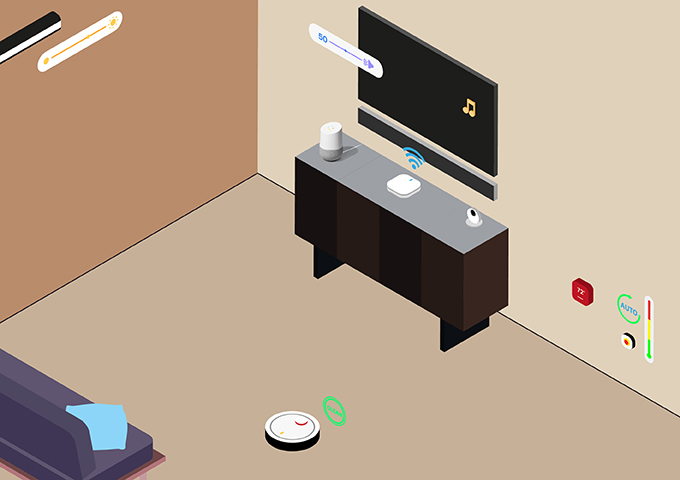
More and more individuals and families are bringing the new age, always-connected smart home and automation devices into their homes.
From the very popular smart speakers like Amazon Echo and Google Home to smart lights, smart home appliances, and several novel accessories, these devices add a bit of convenience and extra functionality to the traditional way of doing things.
However, most people forget to take adequate security measures for these devices that are constantly connected to the internet and could be exposed resulting in privacy breaches or losing control of devices to hackers.
Here are five things you should do to secure your smart devices and reinforce your smart home’s security.
Buy from trusted brands
With the growing adoption of smart devices, several cheap products from no-name brands have infiltrated the market. While saving a few dollars isn’t a bad idea usually, many of these companies do not have adequate security and privacy measures built-in. Neither do they have a good enough support channel for future updates to resolve any security threat.
A good idea is to buy from reputable brands or the ones you can trust based on online reviews and recommendations.
Of course, products from credible brands too get hacked or their services get compromised, but they are quick to resolve such issues because of a wider user base and brand reputation.
Change default login credentials
Most smart home and IoT products come with factory-set default credentials – usually generic ones like admin, password, 123456789, et al. This essentially means that everyone around you also knows the login credentials for your smart lamp, for example.
Once you’ve set up your device using the default credentials, always make sure you change them.
Use strong and unique passwords
The password hygiene we recommend for your online accounts needs to be extended to the smart home ecosystem as well.
When you’re changing the default credentials, use the Password Generator that Enpass offers to create strong and unique passwords for each device. Read more here.
Also, make sure you have a strong passcode for your smartphone as it usually is a control hub for all the smart devices you’ve set up in your home.
Install updates regularly
Most smart home and IoT devices frequently receive firmware updates. These firmware updates are mostly to improve performance, iron out any reported bugs, and to counter any security issues discovered.
Keep a check on the manufacturer’s website or social media channels or the companion app for any updates that come through. Every time there’s an update, make sure you follow the instructions to install them.
Safeguard your router
According to the Internet Security Threat Report 2019 by Symantec, routers are the main source of IoT attacks accounting for about 75% of activity.
Routers are also the gateway to the internet for your smart home. It is pertinent to safeguard and secure your router, and thereby your home network.
Like with other devices, change the default credentials of the router, set a strong password for your Wi-Fi, and use a secure Wi-Fi protocol.
1 Trackback